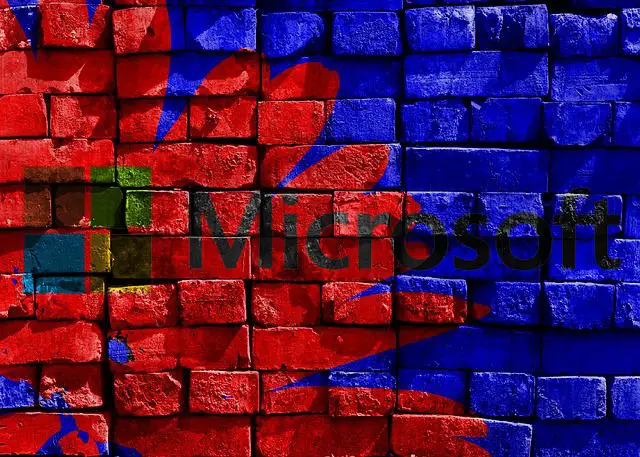
In its latest Patch Tuesday security update, Microsoft has disclosed a critical vulnerability in the Windows TCP/IP stack that demands urgent attention. Among the 88 vulnerabilities addressed this August, CVE-2024-38063 stands out due to its severity and potential impact on networks worldwide.
CVE-2024-38063 is a remote code execution (RCE) vulnerability that affects the Windows TCP/IP stack, specifically when handling IPv6 traffic. This vulnerability has been assigned a severity score of 9.8 out of 10, indicating its critical nature. It allows an unauthenticated attacker to execute arbitrary code on a targeted system by sending specially crafted IPv6 packets. Systems with IPv6 disabled are immune to this flaw, but for those with IPv6 enabled, the risk is substantial.
The vulnerability is particularly concerning because it exists within TCP/IP, a fundamental protocol suite that underpins the Internet. TCP/IP facilitates communication across diverse networks, and any disruption or exploitation within this core component could have widespread consequences.
Although CVE-2024-38063 is not currently under active exploitation, its potential for damage is significant. Microsoft has categorized this flaw as “more likely” to be exploited, meaning it could become a target for threat actors seeking to compromise systems with minimal effort. The vulnerability’s low attack complexity and lack of required user interaction make it an attractive prospect for attackers.
Security researcher Wei from Kunlun Lab’s Cyber KunLun team discovered the flaw and brought it to Microsoft’s attention. While there is no public proof of concept (PoC) available yet, the vulnerability’s criticality has led to widespread concern within the cybersecurity community.
Microsoft has urged organizations to prioritize patching this vulnerability across all affected servers. Given the low complexity of the attack vector and the criticality of the issue, delaying the patch could leave systems exposed to significant risk. Organizations that rely on IPv6 for network communication should assess their infrastructure immediately and apply the necessary updates.
For systems where IPv6 is not essential, disabling it could serve as a temporary mitigation until the patch is fully applied. However, the best course of action remains the prompt deployment of the provided security update.
Related Posts:
- CISA & Microsoft Warn of 6 Actively Exploited Zero-Day Vulnerabilities
- CVE-2024-28986 (CVSS 9.8): SolarWinds Web Help Desk Users Must Patch Now!
- Linux Kernel Vulnerabilities Expose Systems to Privilege Escalation: Flaws Detailed and Exploit Code Released
- AMD EPYC Processors Exposed: High-Severity Vulnerability CVE-2023-31315
